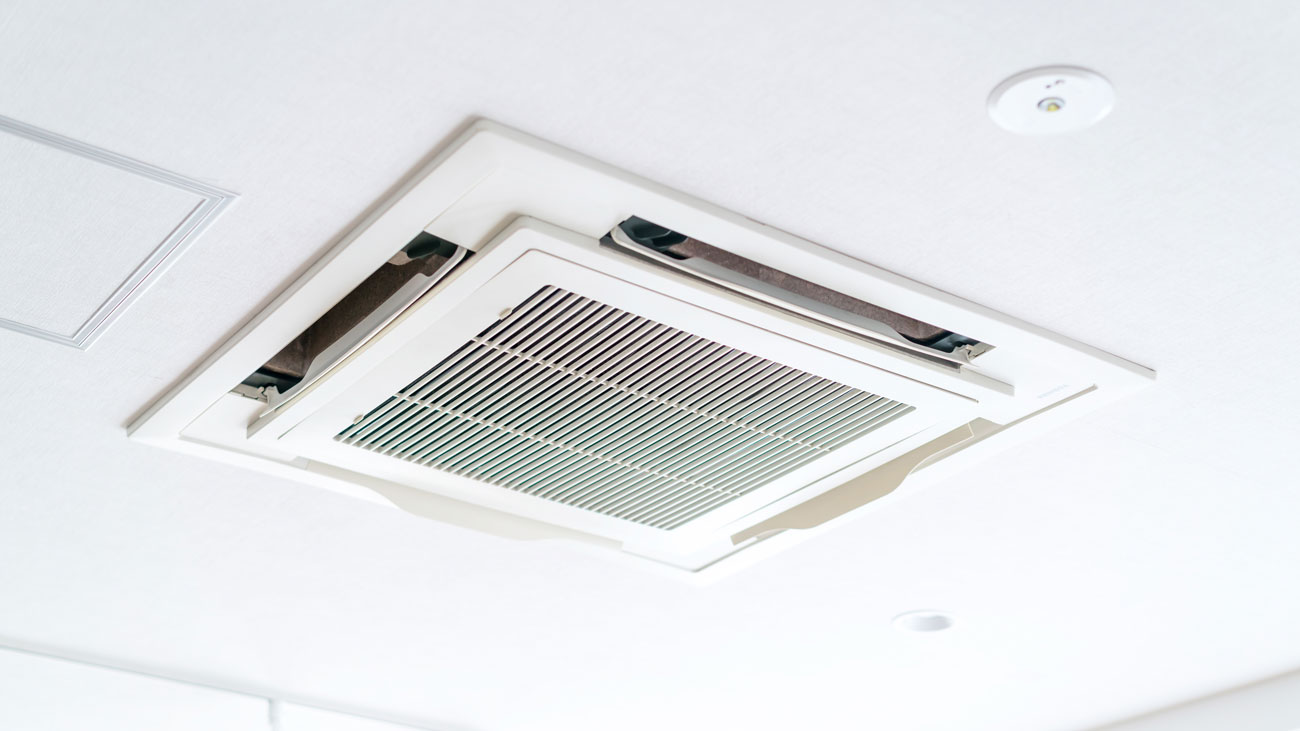
Is it too hot to work yet?
It’s that time again when the heat rises and we begin to question how hot it can get before it’s too hot to work.
Currently, in the UK there is no maximum workplace temperature – an issue that hits the headlines every year when millions of workers swelter in non-air-conditioned offices, warehouses and factories.
The TUC is warning that the next government must improve protections for workers by bringing in legal maximum working temperatures.
The union body says that working in hot weather can lead to dehydration, rashes, fainting, and – in the most extreme cases – loss of consciousness.
And outdoor workers are three times more likely to develop skin cancer.
The union body says employers can help their workers during the heat by:
- Temporarily relaxing their workplace dress codes: Encouraging staff to work in more loose, casual clothing – leaving the jackets and ties at home – will help them keep cool.
- Keeping staff comfortable: Allowing for frequent breaks and providing a supply of cold drinks will all help keep workers cool.
- Allowing flexible working: Giving staff the chance to come in earlier or stay later will let them avoid the stifling and unpleasant conditions of the rush hour commute. Bosses should also consider enabling staff to work from home while it is hot.
- Keeping workplace buildings cool: Workplaces can be kept cooler and more bearable by taking simple steps such as using air conditioning, fans, moving staff away from windows or sources of heat.
- Climate-proofing workplaces: Preparing buildings for increasingly hot weather, by installing ventilation, air-cooling and energy efficiency measures.
- Talking and listening to staff and their union: Staff will have their own ideas about how best to cope with the excessive heat.
And for staff working outside, the TUC recommends:
- Sun protection: Prolonged sun exposure is dangerous for outdoor workers, so employers should provide sunscreen as a form of personal protective equipment.
- Sensible hours and shaded areas for outdoor workers: Outside tasks should be scheduled for early morning and late afternoon, not between 11am-3pm when UV radiation levels and temperatures are highest. Bosses should provide canopies or shades where possible.
There’s currently no law on maximum working temperatures. However, during working hours the temperature in all indoor workplaces must be ‘reasonable’. Employers do have a duty to keep the temperature at a comfortable level and provide clean and fresh air.
Change needed
The TUC is calling for a change in the law so that employers must attempt to reduce temperatures if they get above 24 degrees C and workers feel uncomfortable.
The union body would also like ministers to introduce a new absolute maximum indoor temperature, set at 30 degrees C (or 27 degrees C for those doing strenuous jobs), to indicate when work must stop.
The TUC says the New Deal – which Labour has pledged to introduce should they take office – will make work safer by referencing extreme temperatures and preventative action. This will move Britain closer to standard practice in other countries, like Spain and Germany that have maximum working temperatures enshrined in workers’ rights.
Climate change
The TUC also wants future ministers to invest in future-proofing workplaces, by investing in our buildings and infrastructure, so that they remain functional during heatwaves.
Adapting to a hotter climate means upgrading our workplaces and homes, our energy, water and transport networks.
TUC General Secretary Paul Nowak said:
“Most of us will be very happy to see the sun after such a cold and wet start to the year. But working in sweltering conditions can be unbearable and dangerous – so spare a thought for those in overheated shops, baking offices or toiling outdoors in direct sun.
“Indoor workplaces need to be kept cool, with relaxed dress codes and flexible working to make use of the coolest hours of the day.
“And employers must make sure outdoor workers are protected with regular breaks, lots of fluids, plenty of sunscreen and the right protective clothing.
“Our buildings, infrastructure, and laws were made for a different climate in a different century.
“Extreme heat is becoming the norm and we’re struggling to cope. We need to adapt – and that means improving the law, investing in resilience and delivering climate action.
“The New Deal would keep workers safer by modernising the guidance around excessive working temperature – and finally bringing it into the 21st century.”


